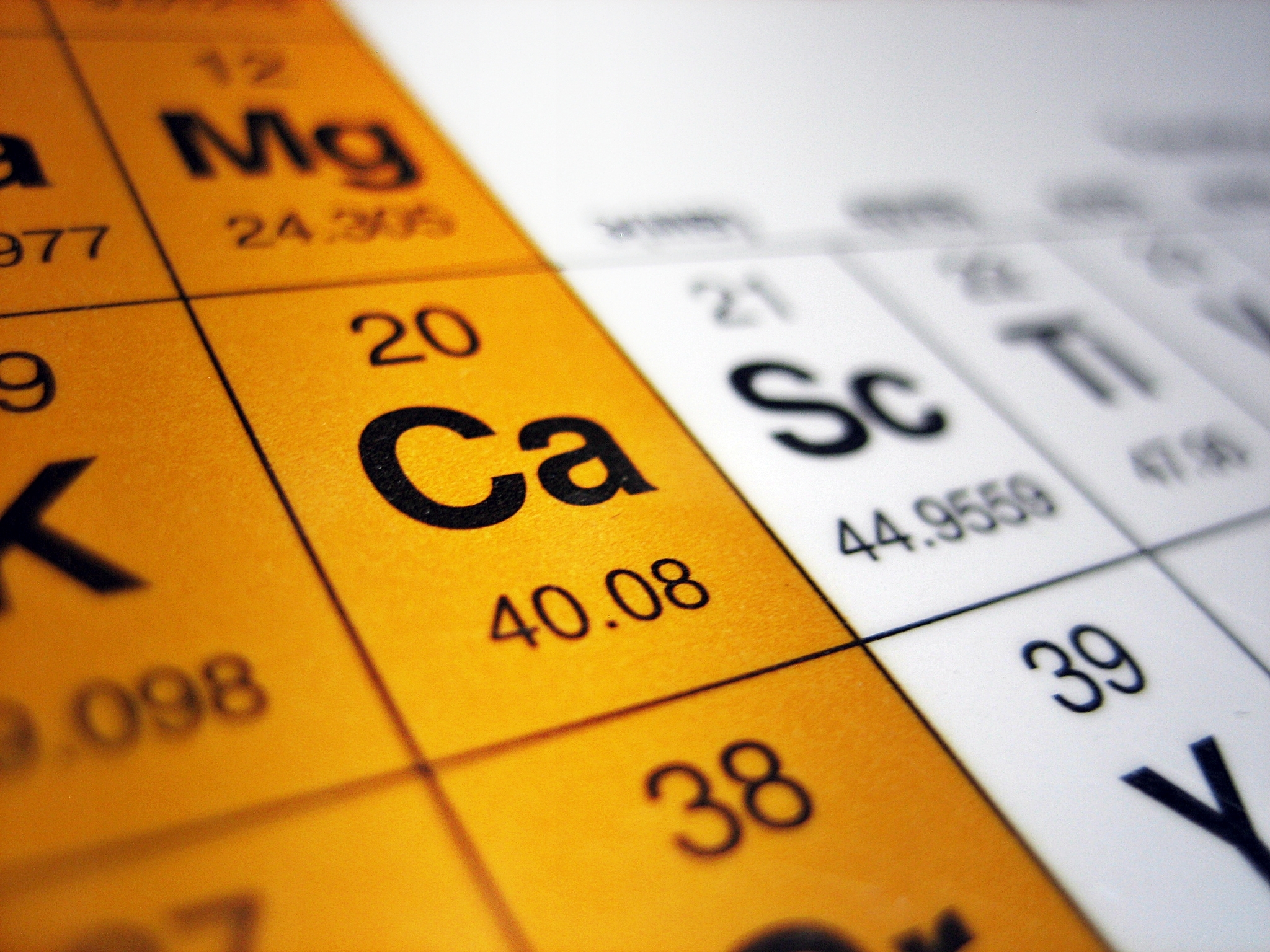Hi Folks. Today I learned I was dosing wrong, so I am re doing my dosing schedule. I have added this to my build thread, but I thought I would post it here also in case it helps anyone else. I will say that I am probably dosing way earlier in my tanks life then I need to, but I wanted to get a real early start to a stable tank.
I am re setting my dosing pumps using Aqua Forrest method of testing Alkalinity, Magnesium, and Calcium today, then again tomorrow exactly 24 hours from now. This will give me my total daily drop of each component. Then I can enter the component that drops the least into aquaforrests calculator located here:
 aquaforest.eu
aquaforest.eu
And this should tell me how much of that component to dose daily. Then I match all 3 of my dosing pumps to this daily dosing rate.
What I was doing wrong was having each dosing pump at different rates. Today I learned that when using Aqua Forrest +1 +2 +3 system, all 3 components should be dosed equally based on the rate of your tanks lowest component consumption.
So for example if my tank consumes a lot of Alkalinity and Calcium, but only a small amount of magnesium, then I would set up all my pumps at the rate it takes to replenish the magnesium each day. I would then need to use something else to make up for the remaining calcium and KH.
Today's Alkalinity was 9.0,
Magnesium 1350
Calcium 479
I will report back tomorrow's test results and what the calculator tells me to dose daily. In order to do this I had to turn my dosing pumps off for the day.
I am re setting my dosing pumps using Aqua Forrest method of testing Alkalinity, Magnesium, and Calcium today, then again tomorrow exactly 24 hours from now. This will give me my total daily drop of each component. Then I can enter the component that drops the least into aquaforrests calculator located here:
Product calculate - Aquaforest
And this should tell me how much of that component to dose daily. Then I match all 3 of my dosing pumps to this daily dosing rate.
What I was doing wrong was having each dosing pump at different rates. Today I learned that when using Aqua Forrest +1 +2 +3 system, all 3 components should be dosed equally based on the rate of your tanks lowest component consumption.
So for example if my tank consumes a lot of Alkalinity and Calcium, but only a small amount of magnesium, then I would set up all my pumps at the rate it takes to replenish the magnesium each day. I would then need to use something else to make up for the remaining calcium and KH.
Today's Alkalinity was 9.0,
Magnesium 1350
Calcium 479
I will report back tomorrow's test results and what the calculator tells me to dose daily. In order to do this I had to turn my dosing pumps off for the day.

















